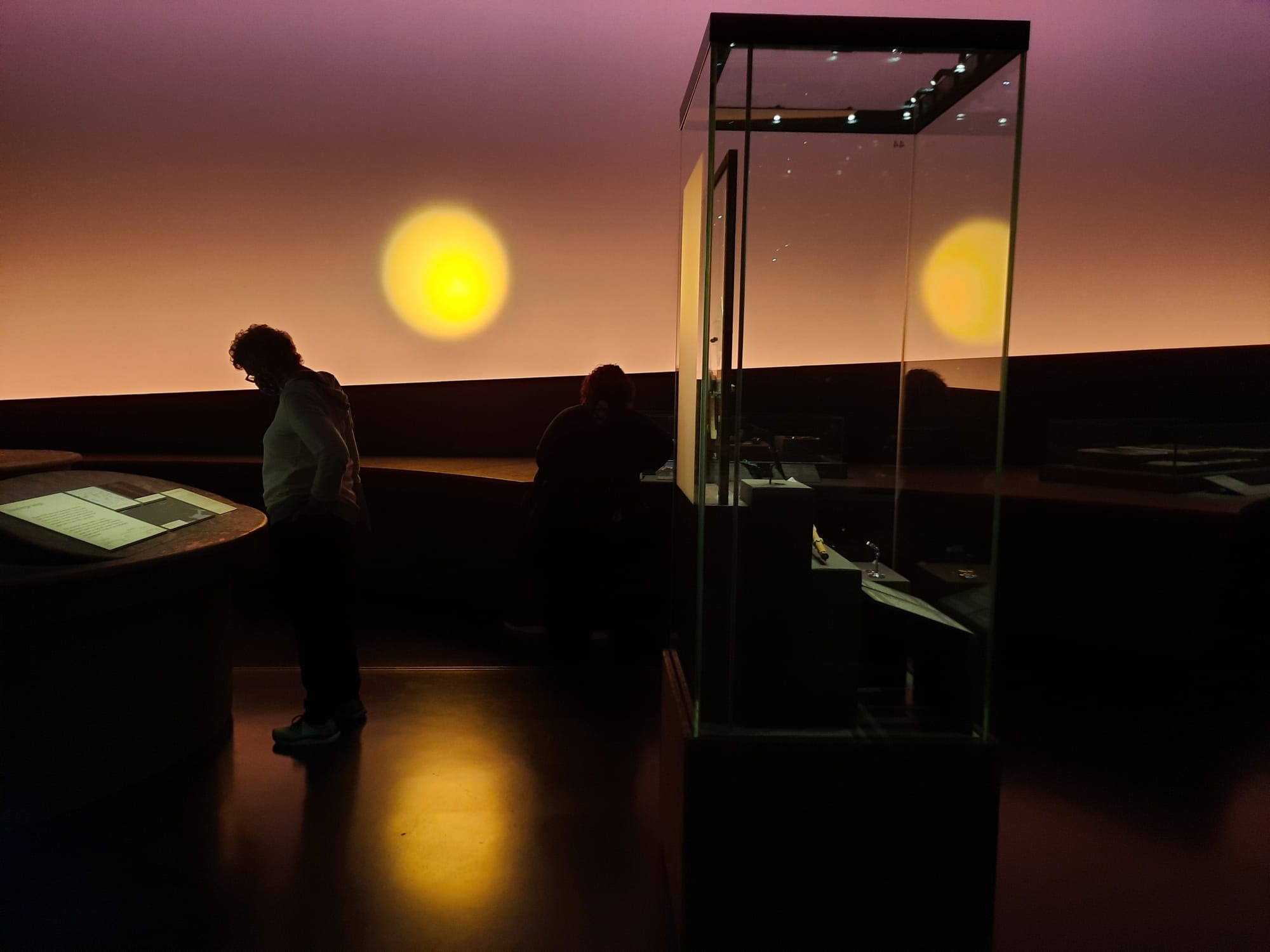The World Of Stonehenge – British Museum, London
A review of The World of Stonehenge, an epic historic exhibition on now at the British Museum. Fabulous loans and beautiful design combined with interesting subject matter.


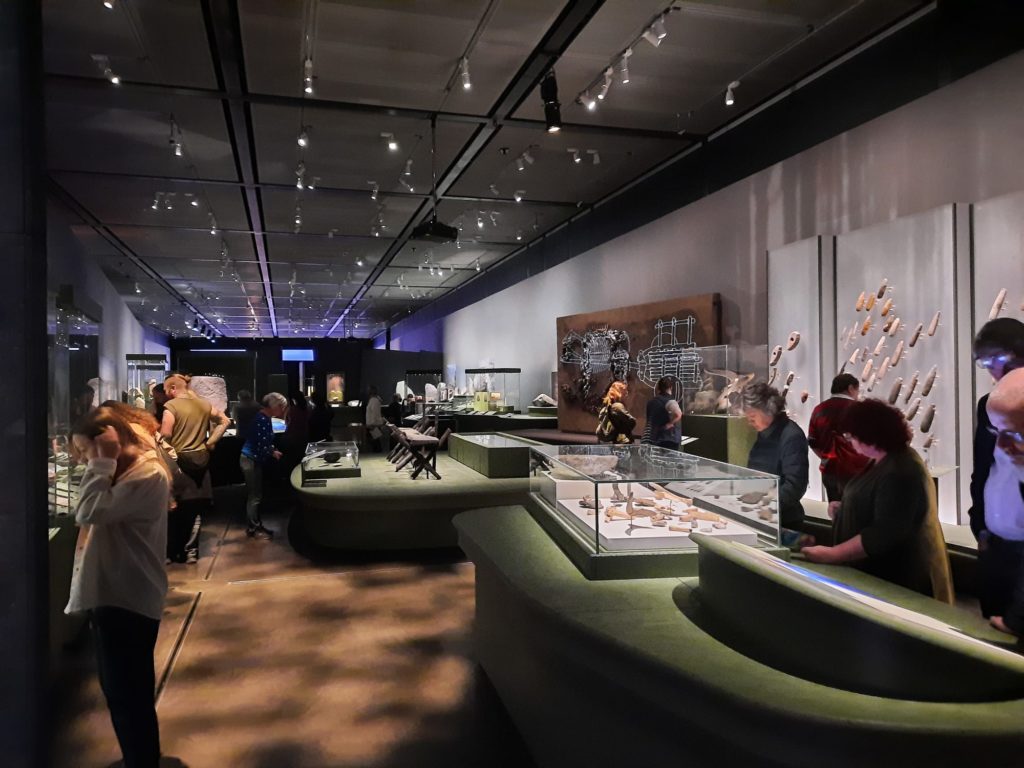

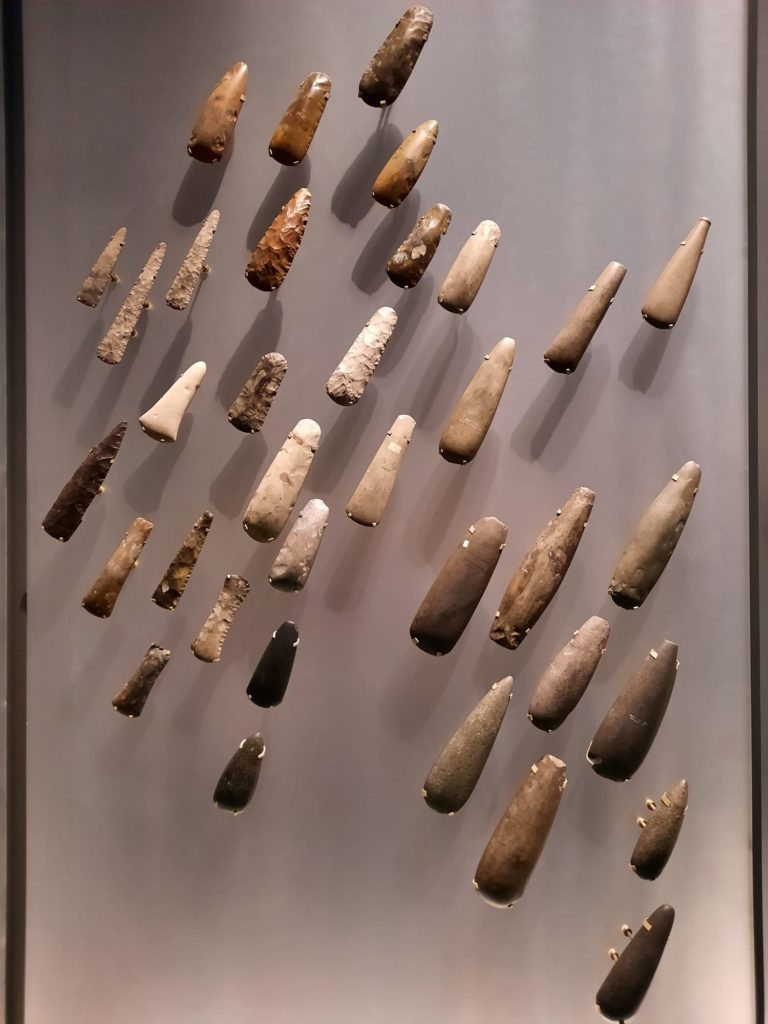
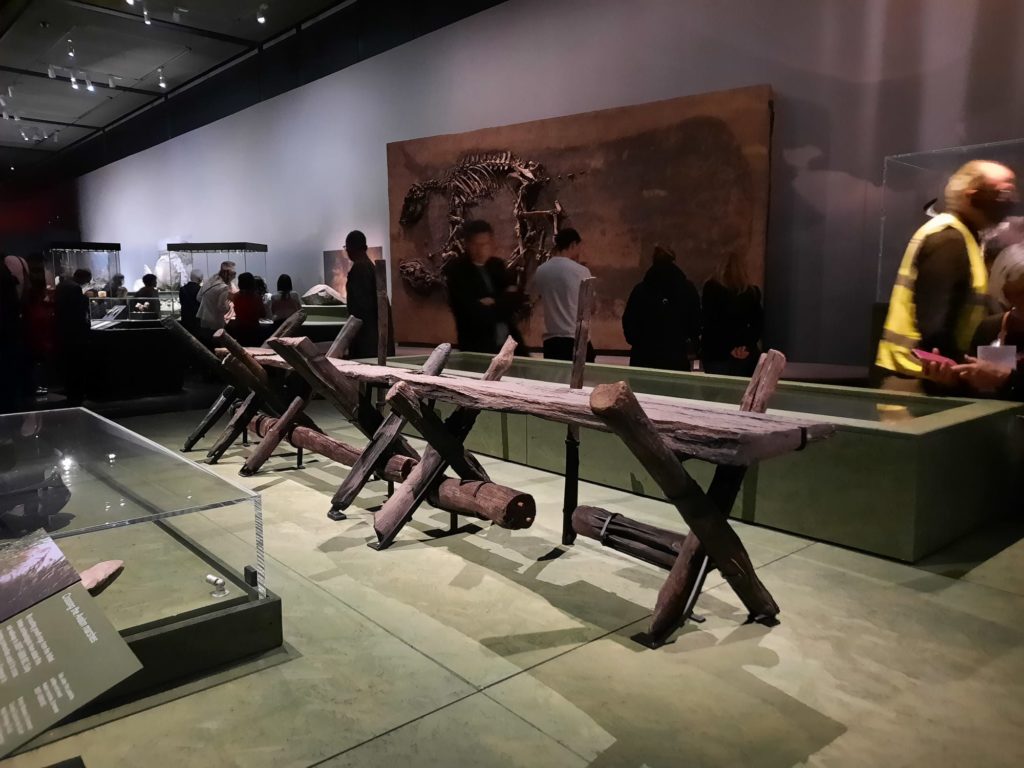
The World of Stonehenge
I’m not exaggerating too much when I say that this is an epic exhibition. Epic in the broad sweep of (pre-)history it takes in. Epic in its ambition to bring together some of the best archaeological finds of the period from across Europe. It’s times like this I am glad to live in a city like London, where exhibitions of this calibre come to me and all I have to do is get myself to the British Museum to enjoy them.
The World of Stonehenge aims to explore, well, the world of Stonehenge. This is in a much bigger sense than the area around Salisbury Plain, however. The exhibition surveys pre-historic Europe, whose people were interconnected by trade and shared elements of culture. Stonehenge was important to many people from across this area, as evidenced by some of the nearby burials of people from far afield.
The pace of change in this pre-historic period was much slower than today. Think about how much things have changed since the Industrial Revolution. Or even within the last century. Well the world of Stonehenge was not like this. The exhibition charts steady development over many centuries, as people moved from collective economies and worship in the early days of farming, to a more individualistic and warlike existence in the Bronze Age. At each stage there are top-notch artefacts and self-contained stories to evidence the changes in society.
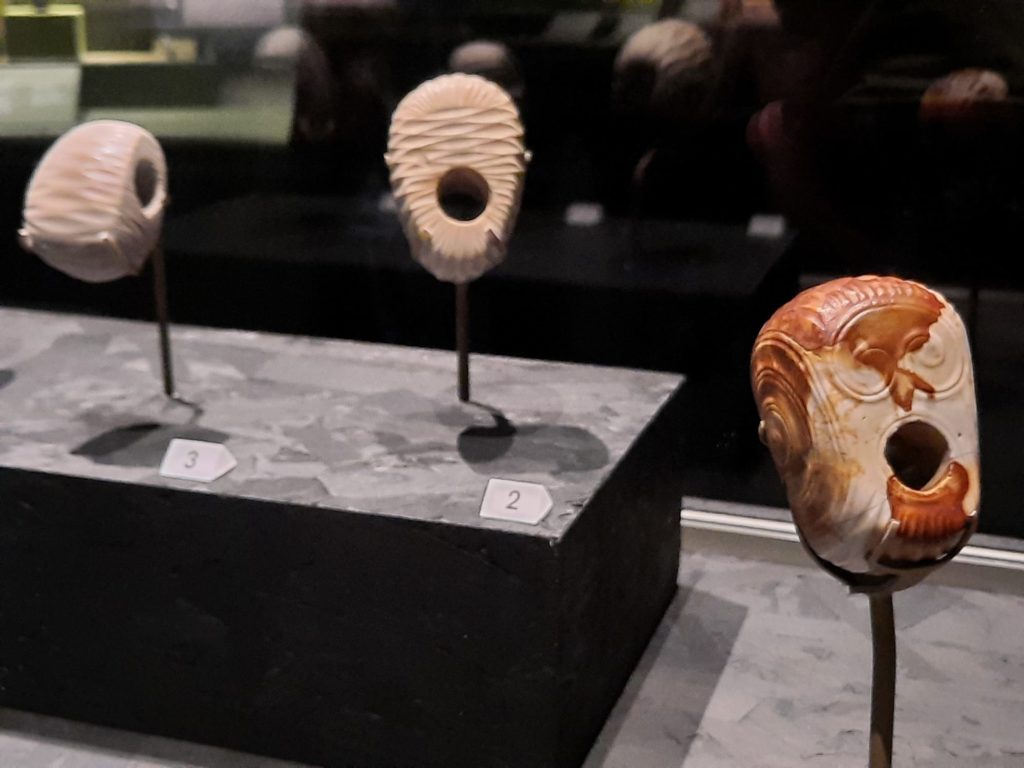
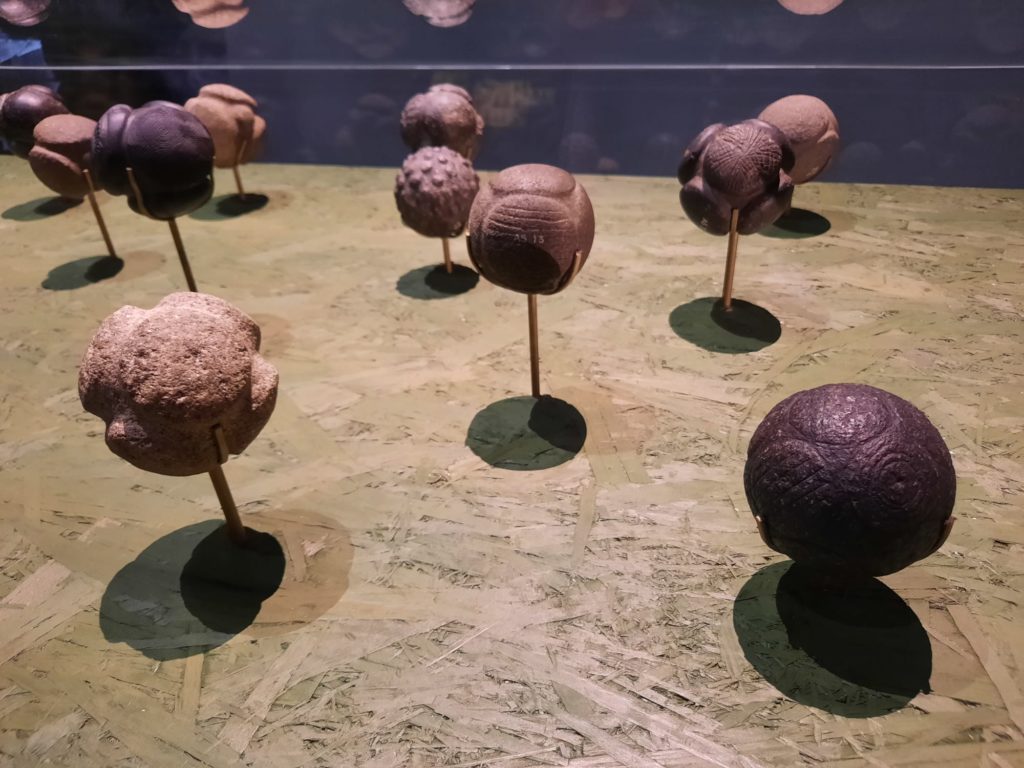
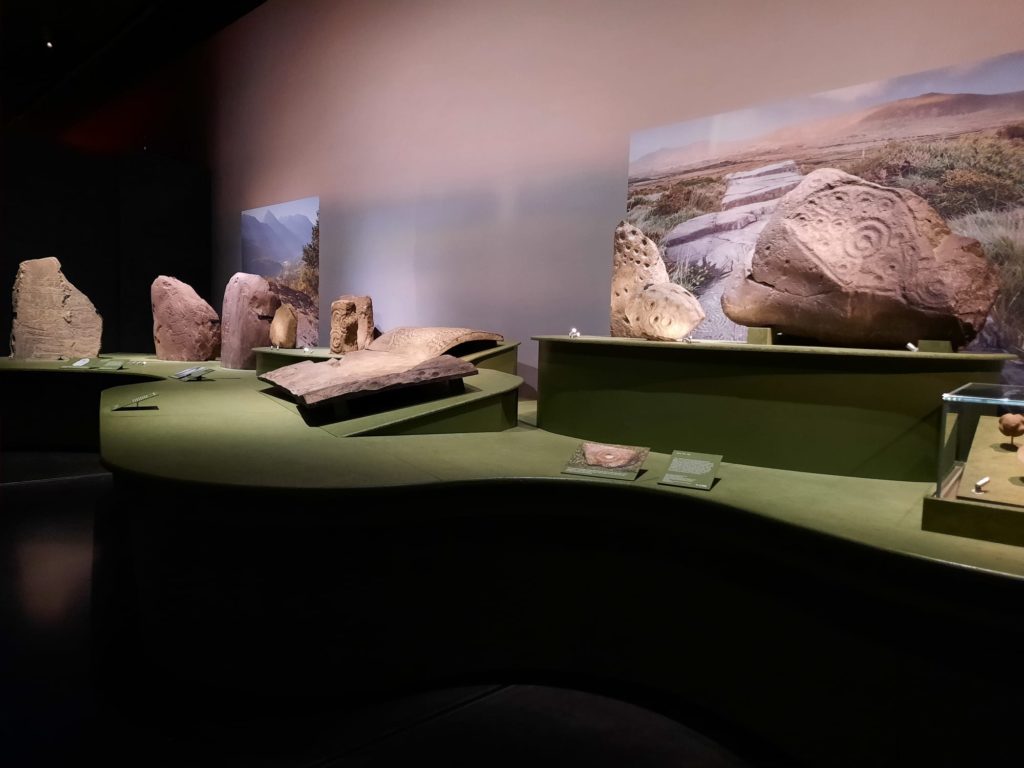

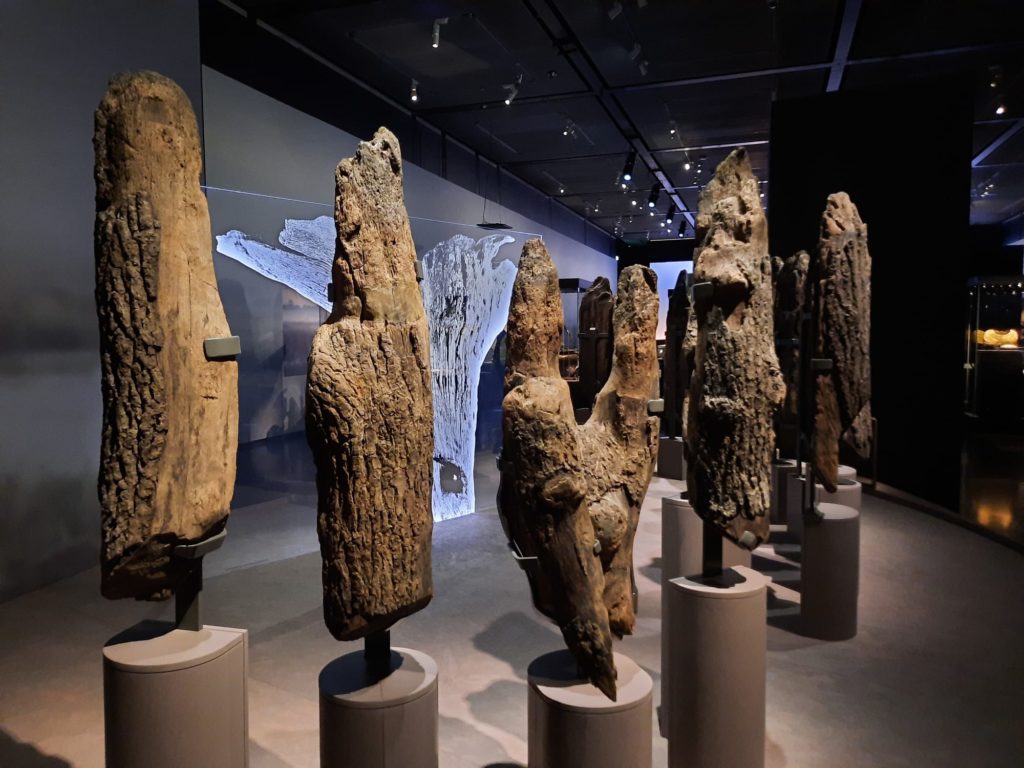
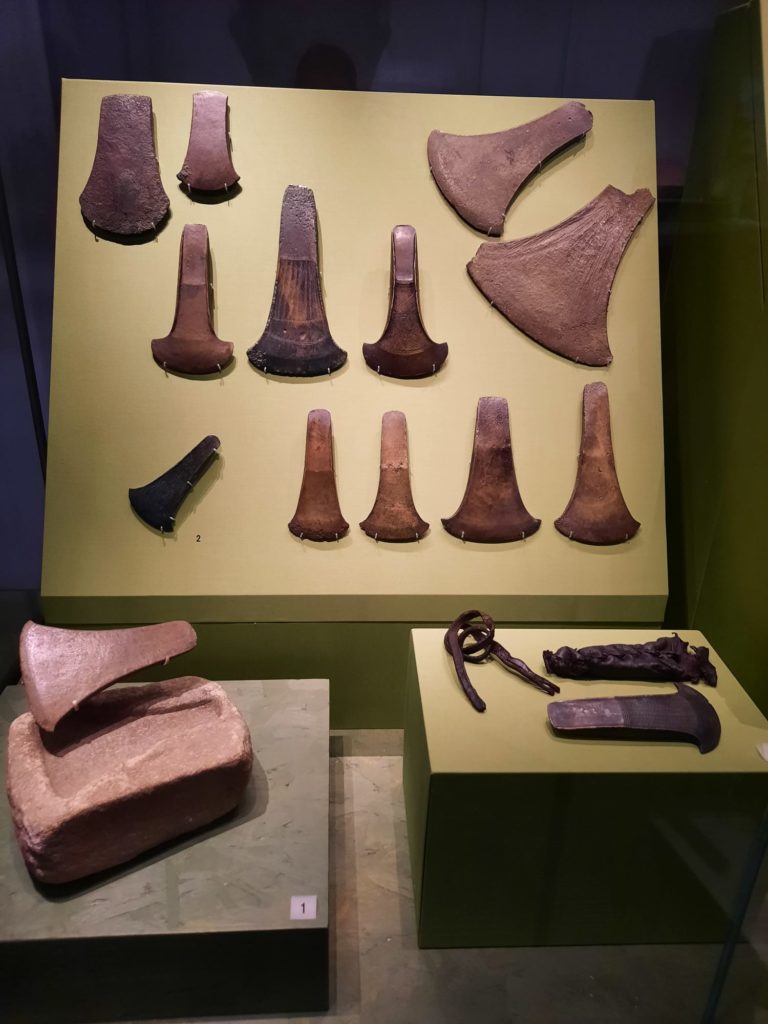
Displaying Pre-Historic Europe
In terms of these artefacts, it’s hard to overestimate how good they are. The British Museum have borrowed items from across Europe. There are intriguing objects of shamanic magic. Objects of worship in gleaming gold or intricately carved stone. Rare finds of perishable organic materials, protected by bogs or similar. And human remains which evidence some of the trends discussed. This is a best of the best of finds from the period.
One thing I did find is that, because there are a number of self-contained stories or focuses on particular times or places, it was only afterwards that the flow of the exhibition was clear to me. As I walked through it, it felt a little random at times: “Oh and here’s Skara Brae! That’s differerent to Seahenge over here. And these Iberian rock carvings.”
I’m going to share blame for this lack of understanding between myself and the British Museum. I had tickets for the first slot of the day but found it too busy for my liking, with a particular bottleneck at the beginning. So I skipped ahead to where it was quiet, then came back to see what I had missed. This seems to be a feature of some British Museum exhibitions – just as when I saw their Thomas Becket one last year, having people crowding around me for a better view can be a stressful experience.
In the less-peopled areas, however, I enjoyed taking my time and looking at all the exhibits. They are beautifully displayed. A lot of the exhibition is kept dark, with glowing spotlights on the objects themselves. With so much gold, precious to our ancestors and to us, this looks wonderful. Images of landscapes on the walls situate some of the larger objects of communal worship. The same technique was used to great effect in Peru: A Journey in Time.
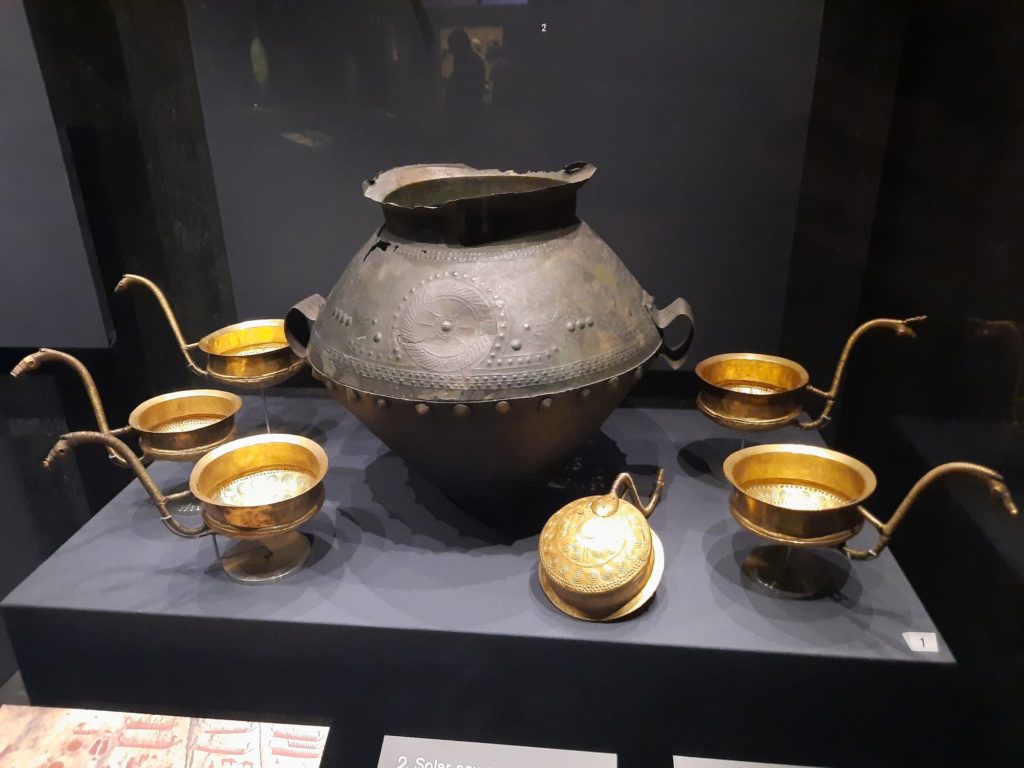




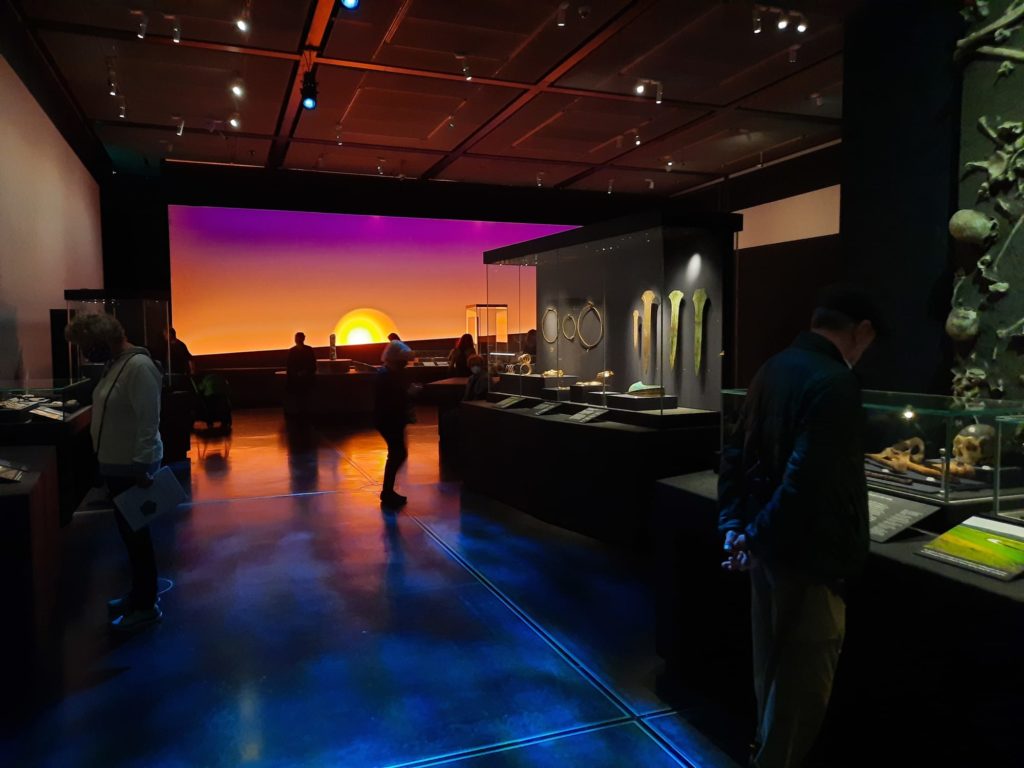
Contextualising Stonehenge Without Stonehenge
It is of course not possible to bring Stonehenge to a museum, no matter how great the exhibition honouring it. But I particularly liked how the British Museum paid homage to what we know about the reasons for its existence. Stonehenge aligns perfectly with the sun on the solstice. Many of the objects of worship on display relate to the sun, or to the stars and other celestial objects. And the exhibition design includes a beautiful sun effect across the back wall, rising and setting every few minutes. I appreciated it as a way to bring viewers back to the central focus of the site.
Another great bit of contextualising is of Seahenge. This archaeological discovery from Norfolk was (controversially) removed from its original context in order to protect it. Several of its ancient timbers are on display in the exhibition. The display is accompanied by a soundtrack, a collaboration between artist and archaeologist Rose Ferraby, and sound artist Rob St. John. The looping track, which includes recordings from the area around Seahenge’s original site, brings the natural world of our prehistoric ancestors into the exhibition space.
So this really is a great bit of exhibition conceptualisation, design and execution. History nerds like me will love seeing so many wonderful objects in one place. There is plenty to learn here about Stonehenge and the people from across Europe for whom it was an important site. Just try for tickets at a quiet time of day so you can enjoy prehistoric peace rather than modern crowds.
Salterton Arts Review’s rating: 4/5
The World of Stonehenge on until 17 July 2022
Trending
If you see this after your page is loaded completely, leafletJS files are missing.

